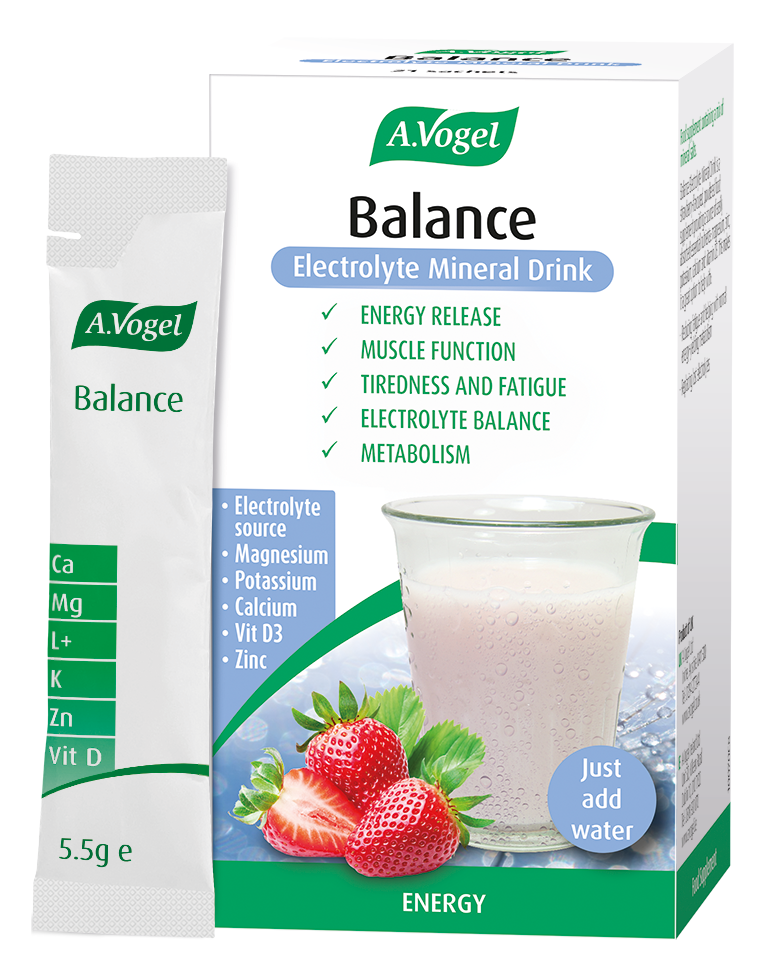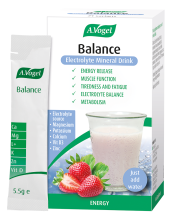Can low potassium cause aches and pains?
Although there are many factors that could explain the sudden development of aches and pains, it may be helpful to consider the influence of potassium.
To help you better understand potassium's role in the body and, more specifically, how it relates to the muscles and joints, today I am going to cover:
- What potassium is good for
- How potassium affects the muscles
- How to raise potassium levels quickly
- When to see your doctor about low potassium.
What is potassium good for?
Potassium is an essential mineral with various roles in the body. It helps to send nerve signals along the nerve fibres, for example, and ensures that the muscles contract efficiently. This includes the skeletal muscles, as well as those in the digestive tract and in the heart.
As well as this, potassium is important in regulating fluid balance.
How does low potassium affect the muscles?
Muscle weakness and cramp
Potassium deficiency can reduce the effectiveness of various muscles in the body, including those in the arms and legs. It can contribute to muscle cramps, for example, as well as muscle weakness.
A person loses small amounts of potassium through sweat which is why spending time in hot climates, or undertaking intense physical activity, can often lead to muscle weakness and cramp.
Fatigue
When your body doesn't have enough potassium, you may also experience tired muscles and fatigue. This is because potassium is involved in various bodily processes, and is present in all tissues and cells so, when there isn't enough to go around, these bodily processes cannot work as well as they should.
Muscle paralysis
On top of this, when levels of potassium are severely low - a problem known as hypokalaemia where potassium levels drop to below 3.6 millimoles per litre - the muscles cannot contract properly. Over time, this could cause them to stop working altogether.
If your body is low in potassium, you may begin to experience symptoms such as constipation or high blood pressure, in addition to muscle weakness and cramp.
To learn more about the various symptoms of low potassium, I'd recommend you read '8 clues your body is low in potassium' by my colleague, Nutritionist Emma Thornton.
How can I raise my potassium levels quickly?
1. Add Balance Mineral Drink to your routine
Balance Mineral Drink contains 300mg of potassium – about 30% of the recommended daily intake – so it is a good way to keep levels topped up.
As well as potassium, Balance contains a good dose of vitamin D, plus 30% of the recommended daily intake of calcium and magnesium.
A.Vogel Balance Electrolyte Mineral Drink with Vitamin D3, Magnesium, Zinc, Potassium and Calcium.
£22.49 (21 x 5.5g sachets) In Stock
2. Cut down your salt intake
Too much salt can contribute to low potassium. When high levels of sodium flow into the cells, water follows to counteract this. As a result, potassium levels drop in comparison to these other two things.
So, to get your potassium levels back up to normal, the first step would be to reduce your intake of salty foods. Processed foods, such as ready meals, crisps and sandwich meats, are just a few popular everyday foods that are high in salt.
When cooking, you could also consider trying Herbamare Original as an alternative to regular salt as this is 100% natural and unrefined. As well as sea salt, this product contains 12 different organically grown herbs, veg and kelp which provides an added depth of flavour to meals and snacks – just be careful not to get too carried away when sprinkling over your food!
3. Consume food sources of potassium
The body cannot make potassium so it is essential that we gather enough of it through the foods that we eat. There are several foods that contain potassium and it is well absorbed by the body – around 85% to 90% of the potassium in food sources is absorbed. So, consuming more of these foods is an effective way to keep levels steady. Some good options include:
- Orange juice
- Milk
- Brown rice
- Broccoli
- Spinach
- Dried apricots
- Lentils
- Dried prunes
- Bananas
When to see your doctor
If you are concerned about low potassium and the resulting symptoms, it may be helpful to visit your doctor as they can do a simple blood test in order to determine levels. Some people may be more at risk of low potassium, including:
- Sufferers of Inflammatory Bowel Disease (IBD) where symptoms include persistent diarrhoea and vomiting – potassium can be lost this way.
- Anyone experiencing gastrointestinal disease.
- Those on certain medications, including laxatives and diuretics.
Results: Have you ever experienced a nutrient deficiency?










